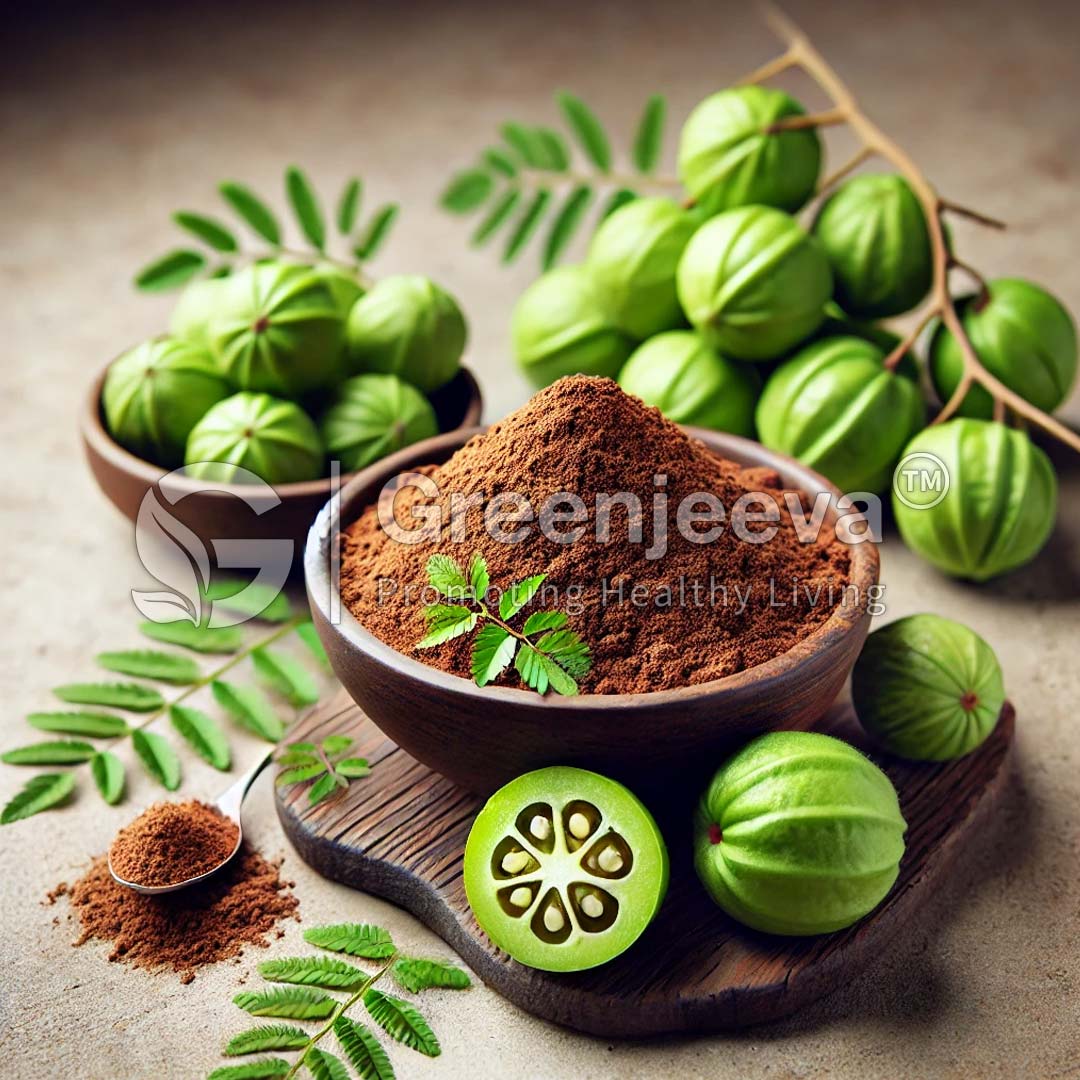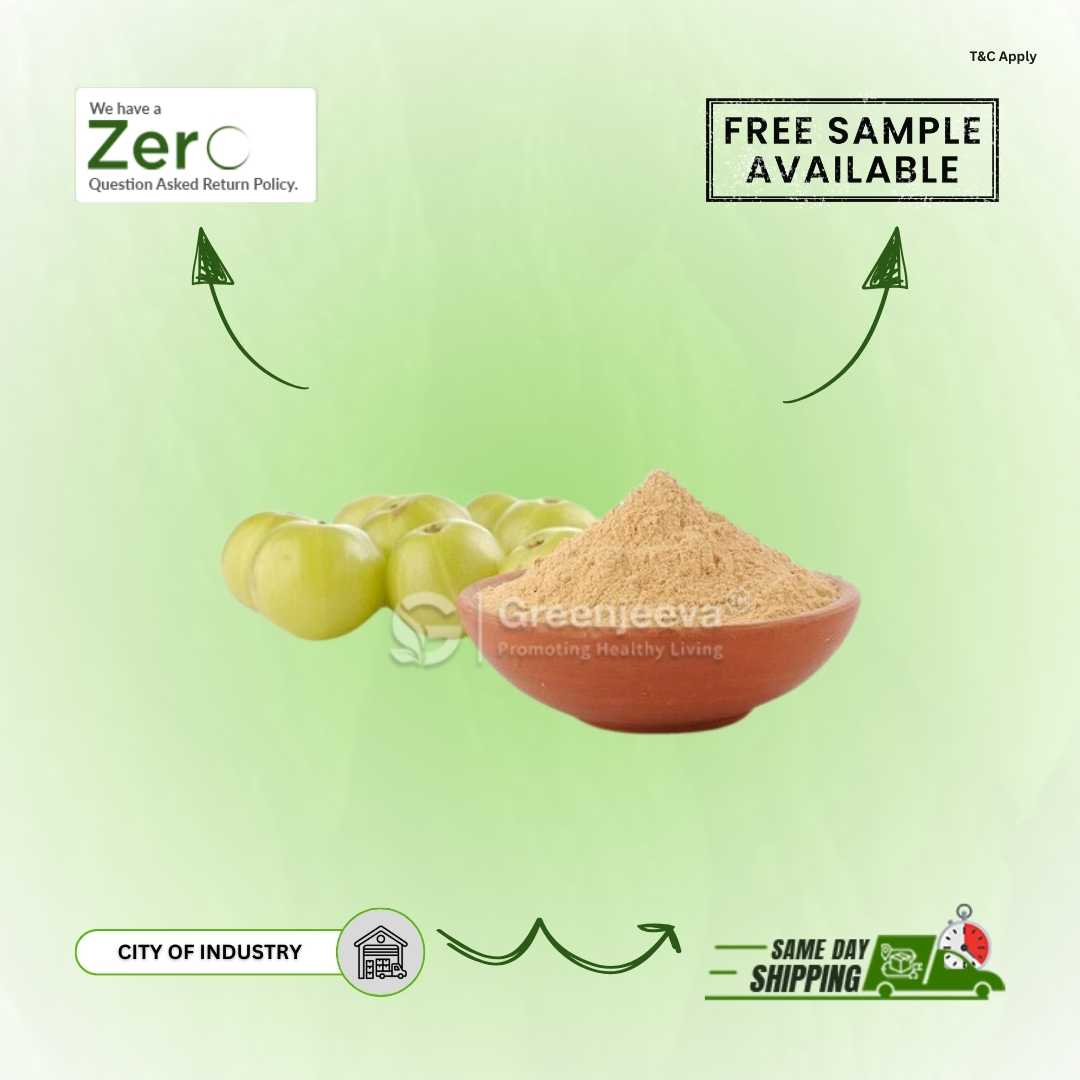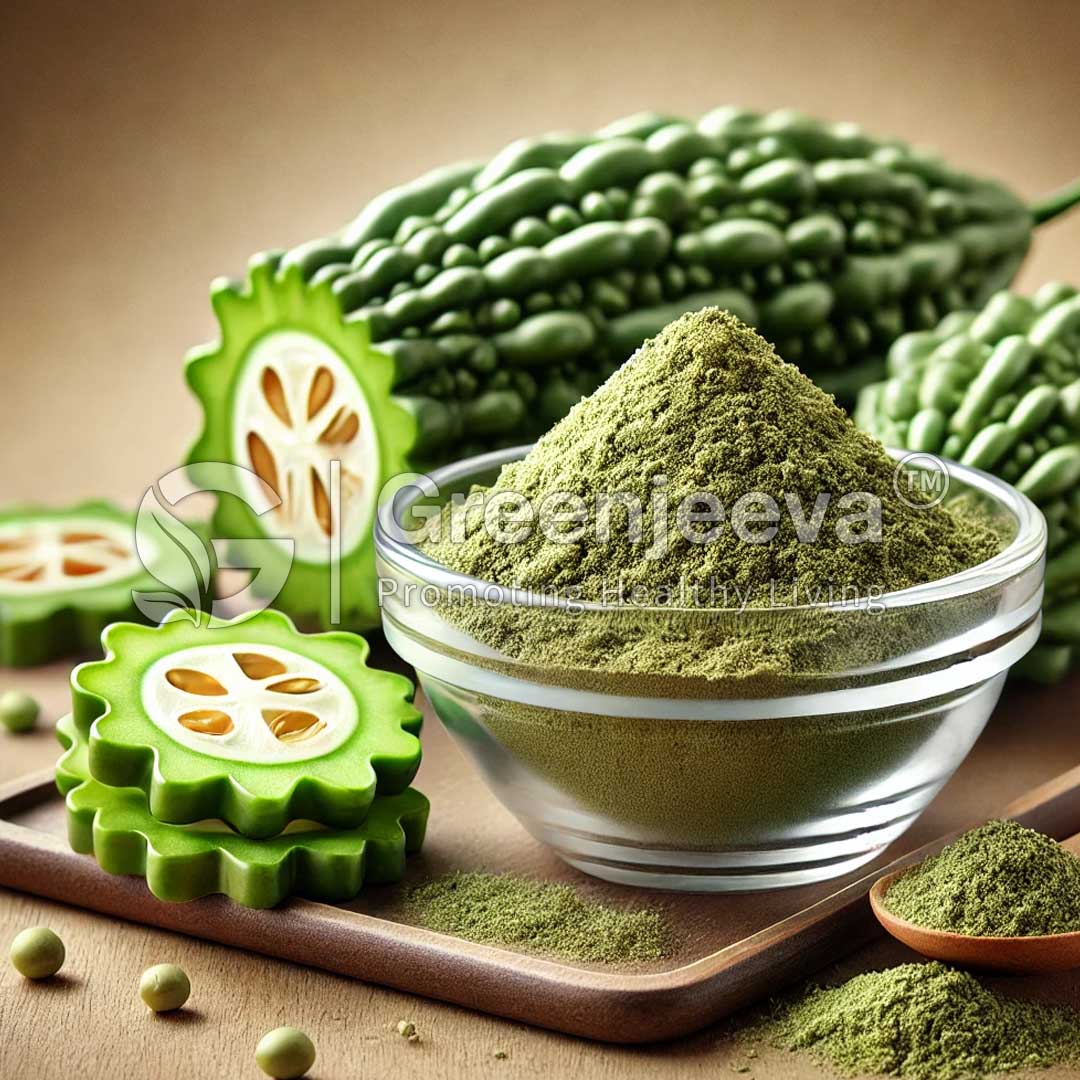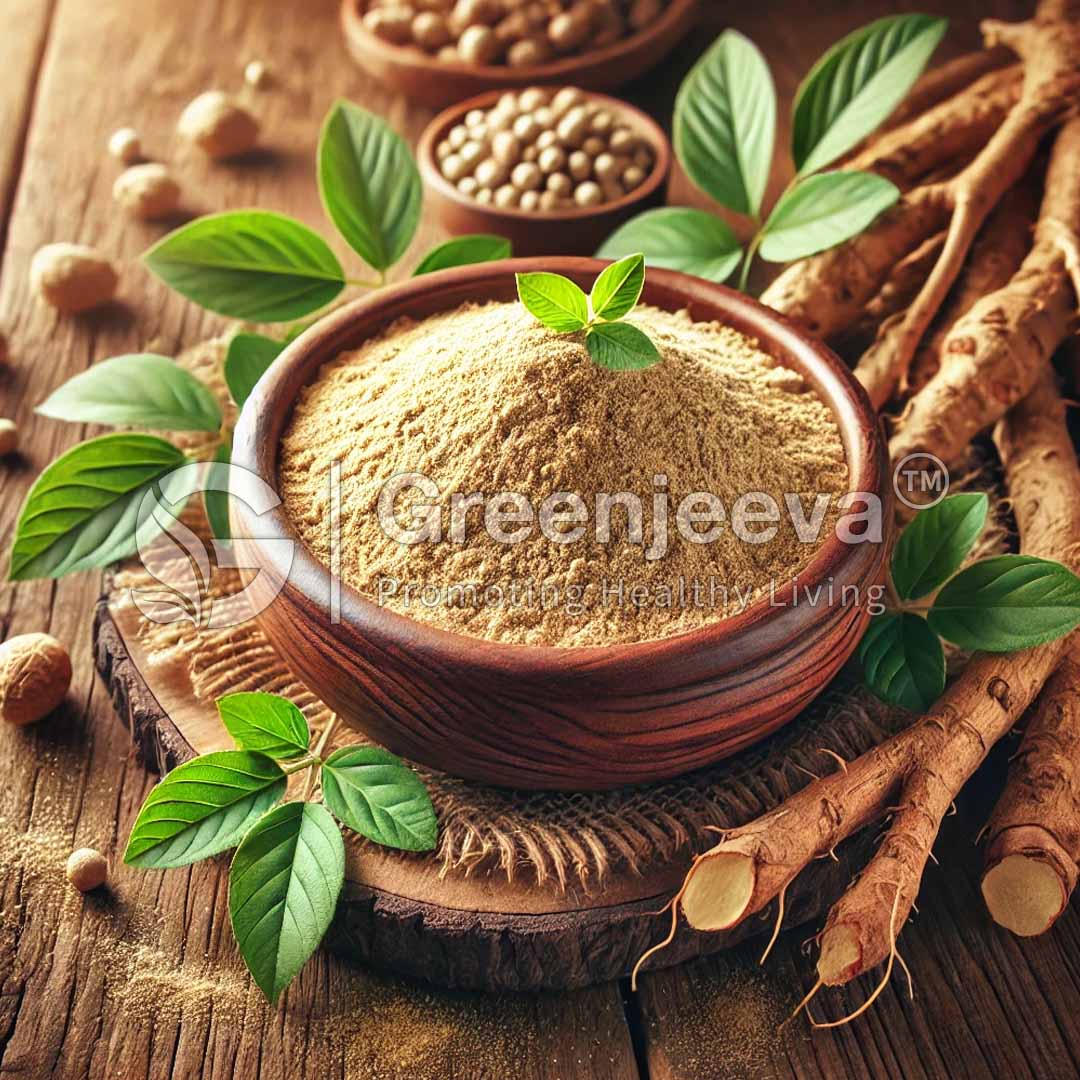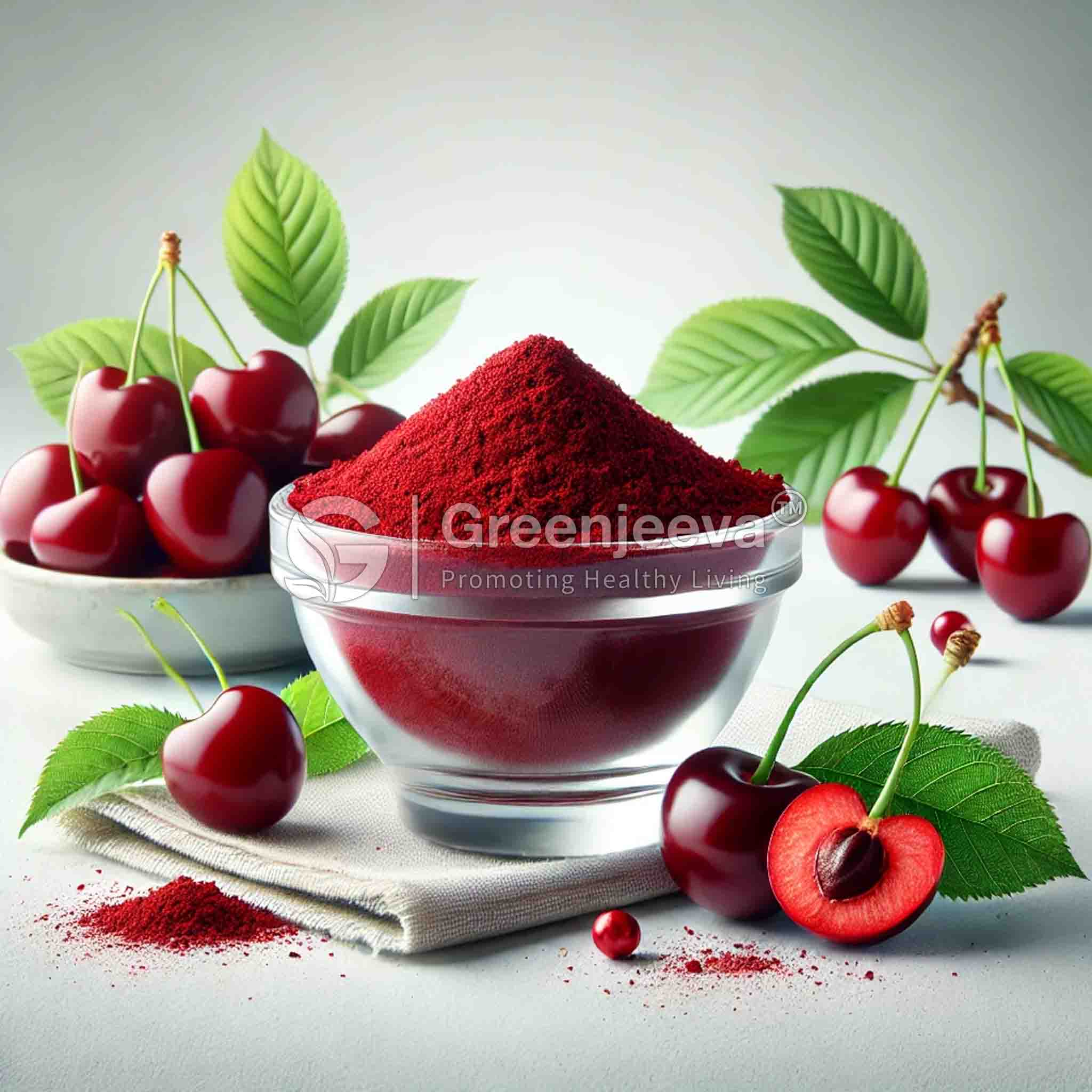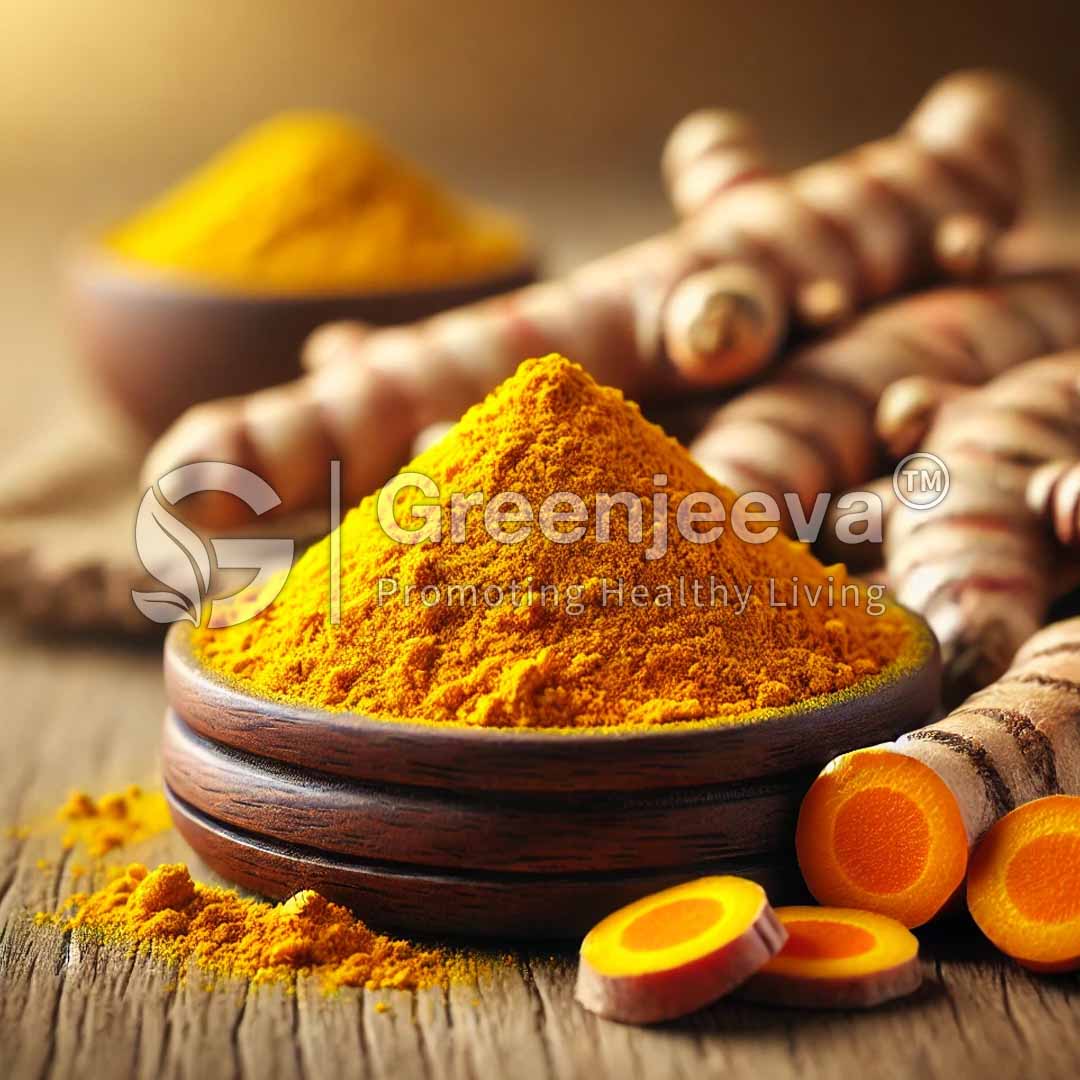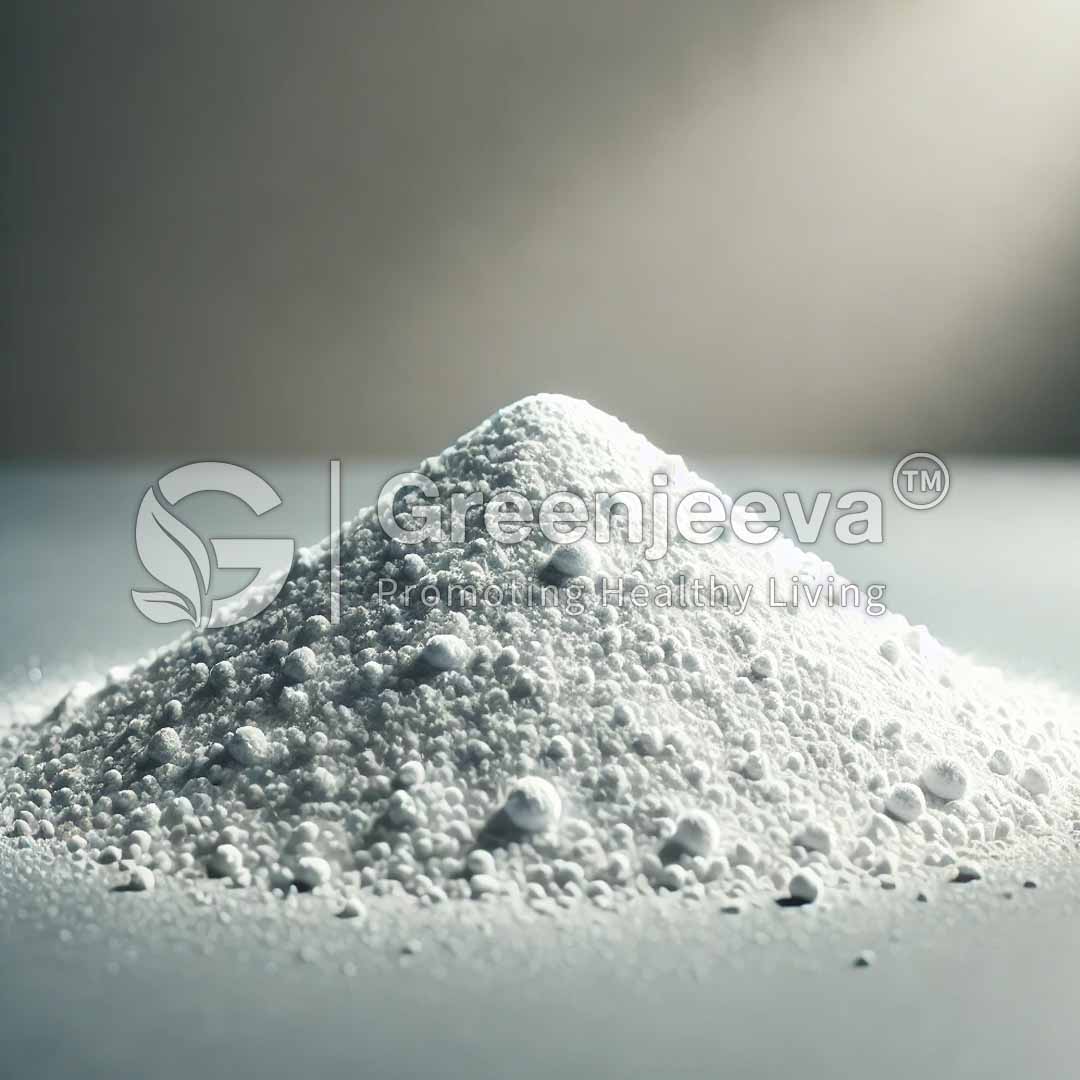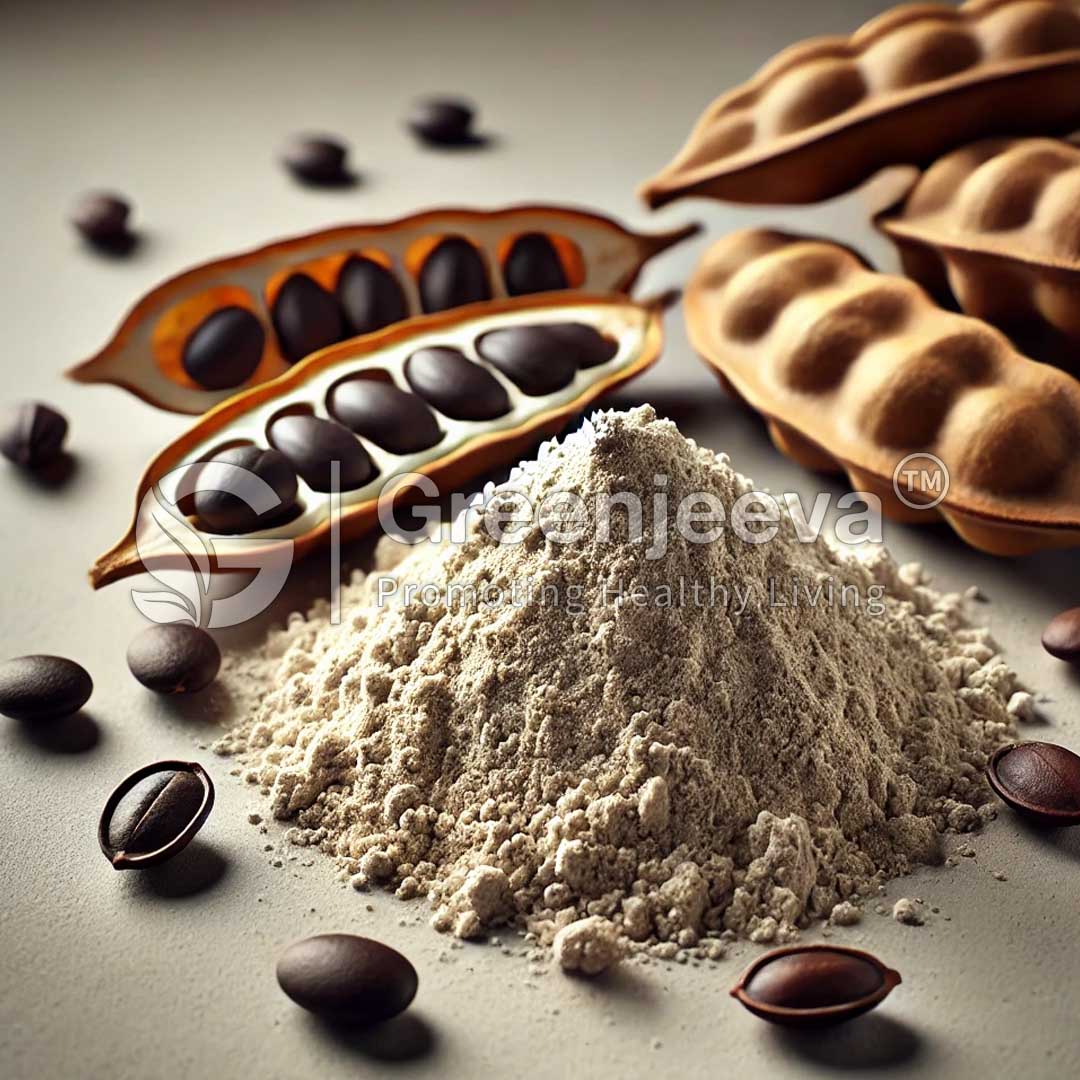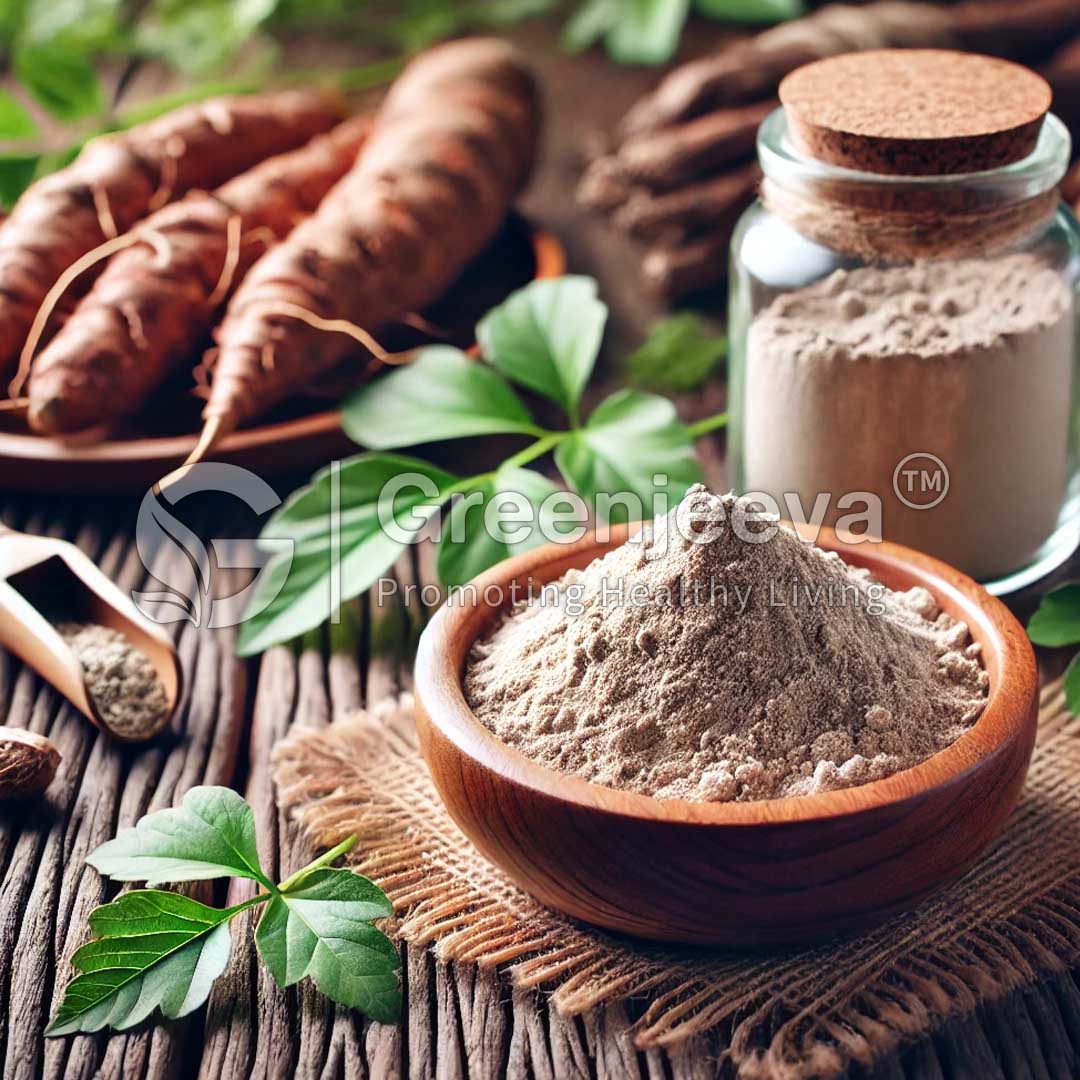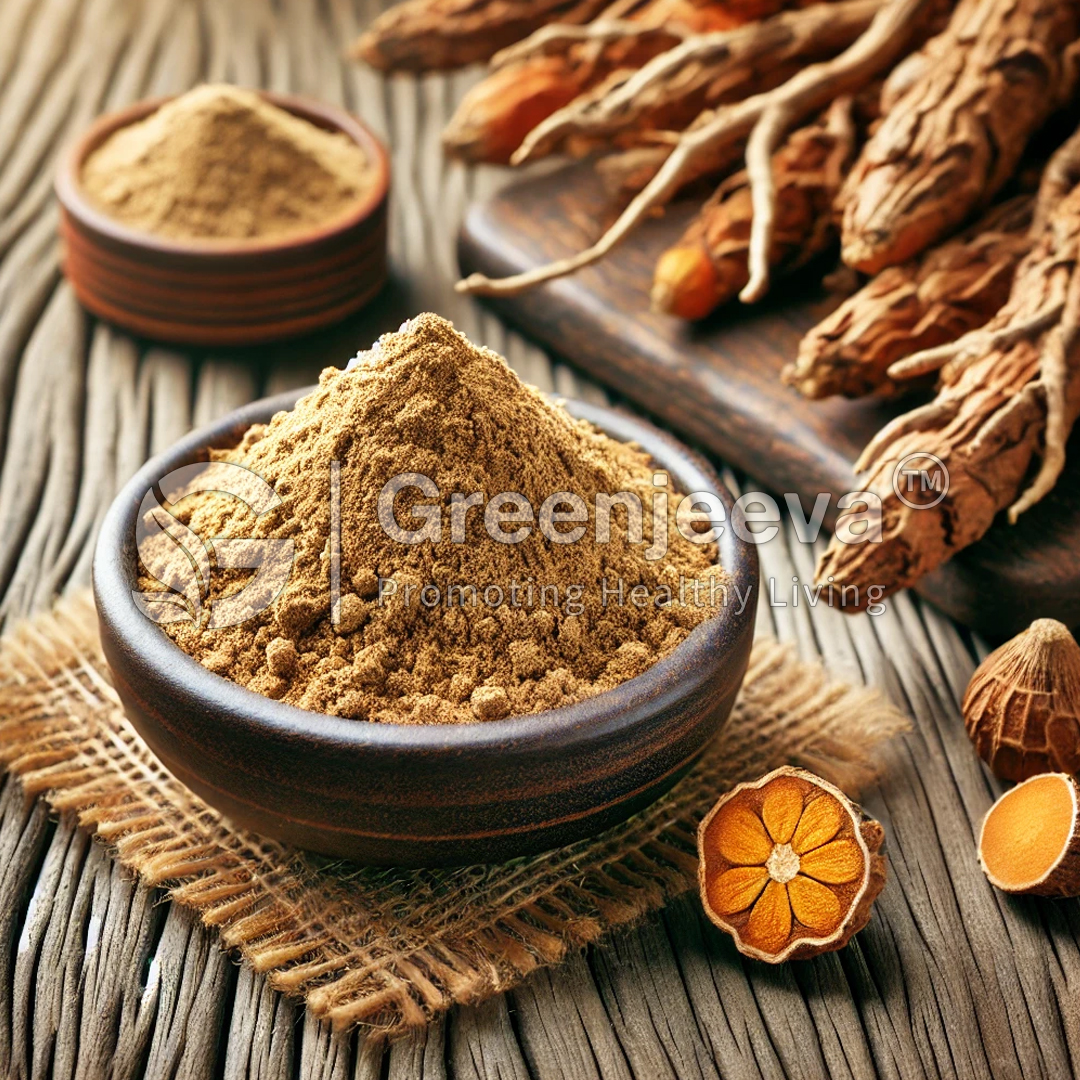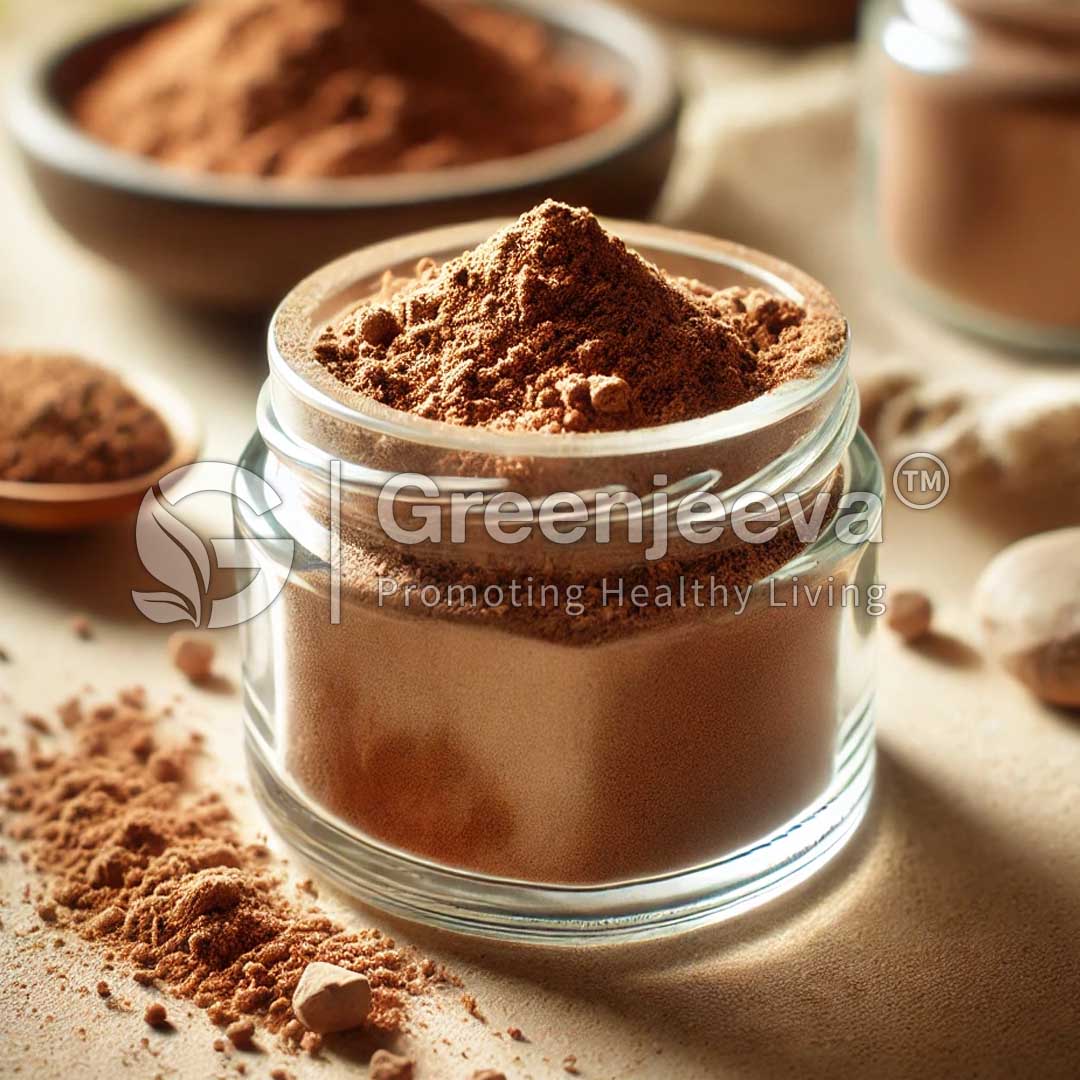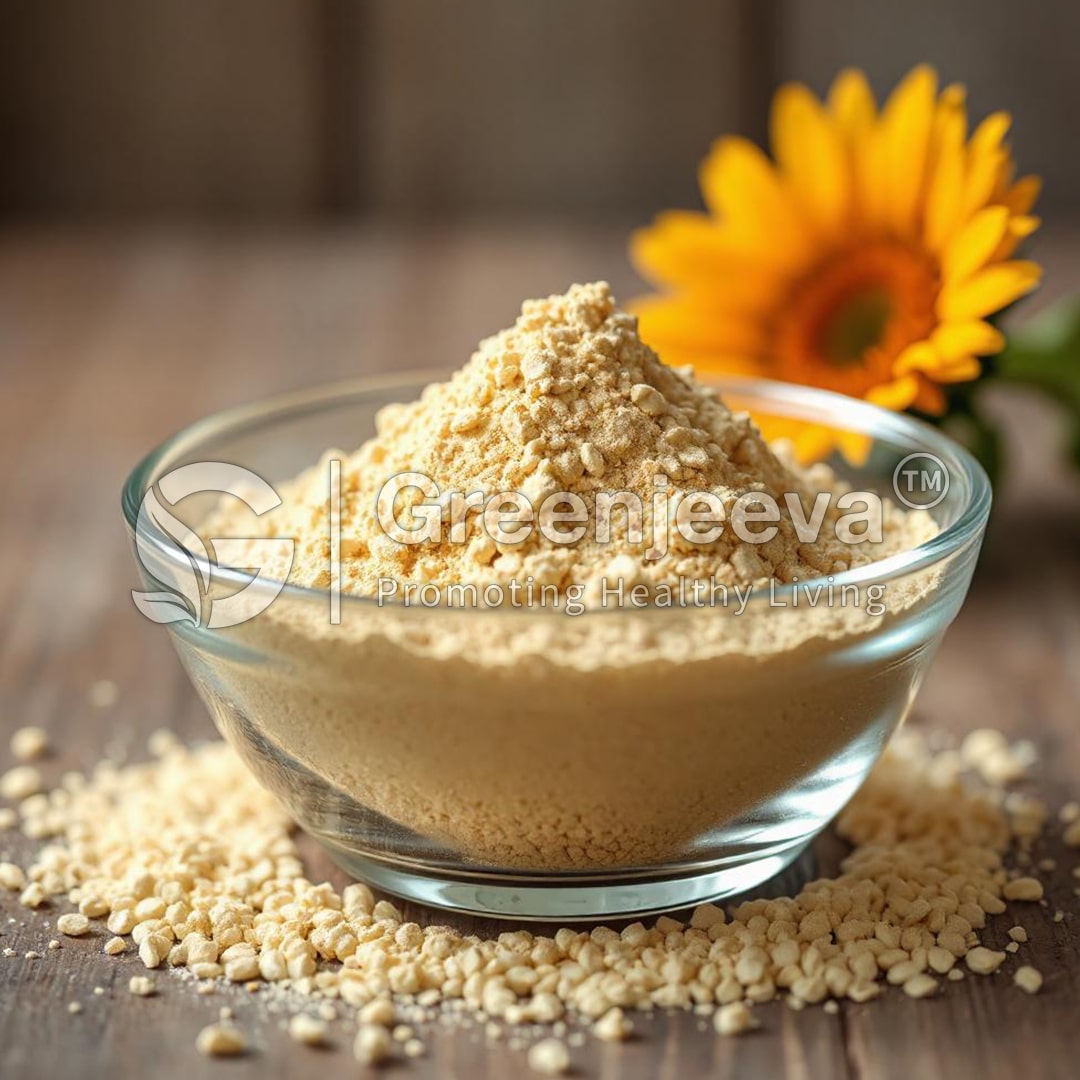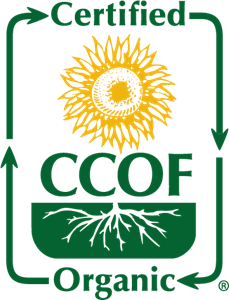Description
Description
Botanical Name: Phyllanthus emblica
Plant Part Used: Fruits
Processing Method: Extraction
Commonly known as Indian gooseberry, Amalaki belongs to the family Phyllanthaceae. Ellagic acid, chebulinic acid, gallic acid, chebulagic acid, apeigenin, quercetin, corilagin, leutolin are active componets of amla. It is a good source of vitamin C and is rich in antioxidants. It is a good source of vitamins and minerals like vitamin C, Folates, Niacin, Pantothenic acid, Pantothenic acid, Pyridoxine, Riboflavin, Thiamin, VitaminA, Potassium, Calcium, Copper, Iron, Magnesium, Manganese, Phosphorus, and Zinc. Amla has many health benefits. Intake of Amla is good for eye, heart and gut health.



